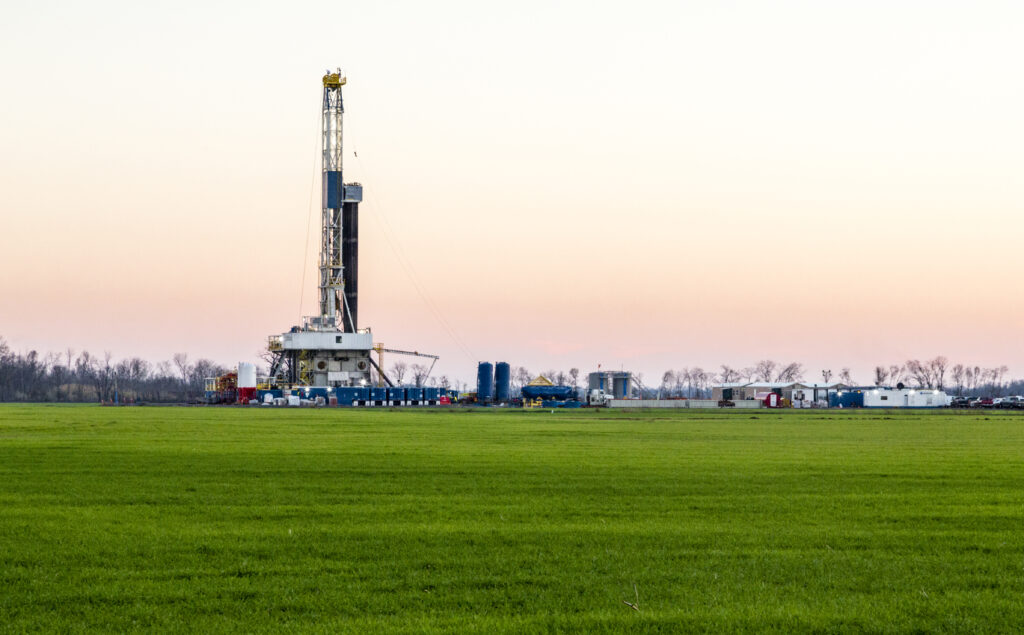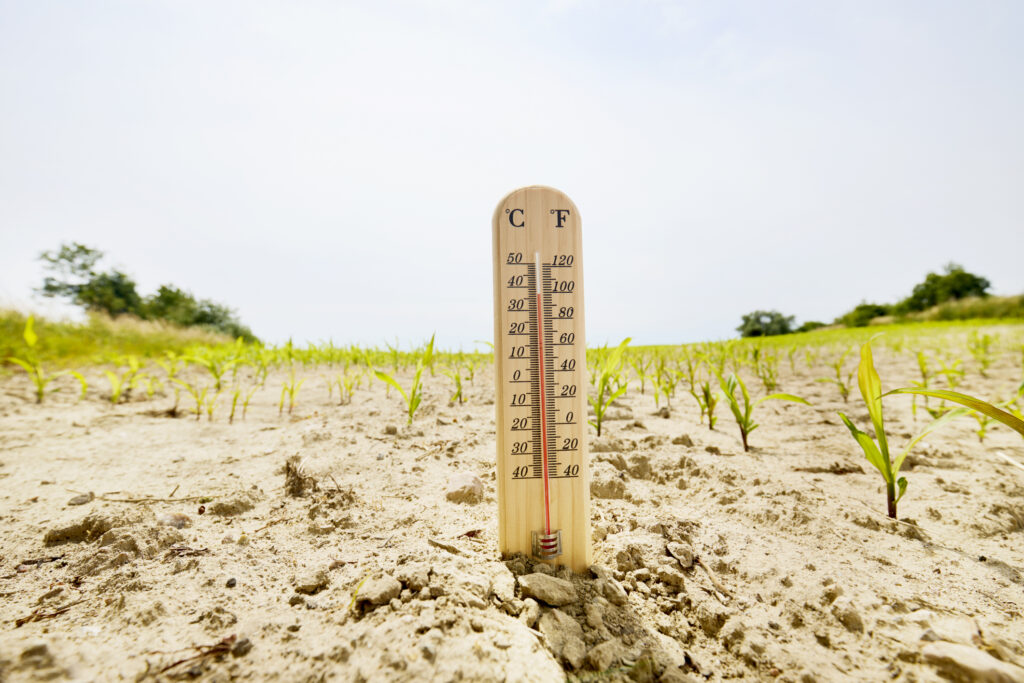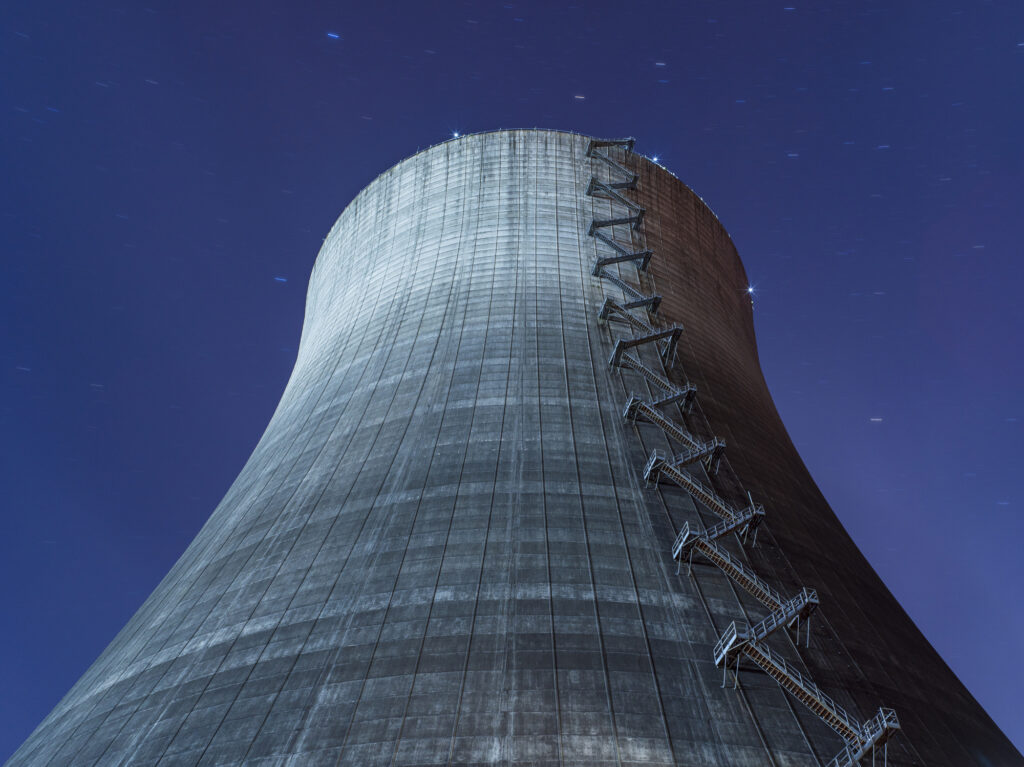One year after releasing a widely criticized draft assessment of the environmental impacts of the proposed Pebble Mine in Alaska, the U.S. Environmental Protection Agency in May released a revised analysis of the project. The revised analysis addresses many concerns EPA’s own scientists raised after reviewing the draft assessment, but the new version appears to raise several new questions about EPA’s objectivity and the real-world value of its analysis.
Tremendous Resource Potential
The proposed mining project would be located in the Bristol Bay watershed, about 200 miles southwest of Anchorage on state land set aside for natural resources development.
According to the mine’s developers, London-based Anglo American and Vancouver, British Columbia-based Northern Dynasty Minerals (the Pebble Partnership), the Pebble Mine could have an enormous impact on the U.S. economy. The proposed mine has the potential to triple the nation’s strategic copper reserves and more than double its strategic gold reserves. It could also nearly double U.S. molybdenum reserves, allowing the United States to rival China in the production of this critical metal used to harden steel for manufacturing and construction.
EPA Preempts Mining Plan
Given the mine’s huge commercial potential, and in light of the arduous permitting process all mining projects must go through, the Pebble Partnership spent years developing specifications for the undertaking. Yet before the company could submit its proposal to state and federal permitting agencies, EPA in May 2012 issued a 338-page draft report, the Bristol Bay Watershed Assessment. In the absence of a concrete mining proposal, including engineering specifications, EPA developed what it called a “hypothetical mine scenario.”
Describing its report as an “ecological risk assessment,” EPA said it had “developed a set of conceptual models to show potential associations between the end points of interest—the salmon industry and salmon populations—and the various types of environmental stressors that might reasonably be expected as a result of large-scale mining.”
Acknowledging its report “is not an in-depth assessment of a specific mine,” the agency justified its analysis by saying it is “an examination of the impacts of mining activities at the scale and with the characteristics realistically foreseeable in the Bristol Bay region, given the nature of mineral deposits in the watershed and the requirements for successful mining development.”
Peer Reviewers Express Criticism
Several members of EPA’s independent peer-review panel lost little time zeroing in on EPA’s reliance on purely hypothetical assumptions.
“Unfortunately, because of the hypothetical nature of the approach employed, the uncertainty associated with the assessment,… the utility of the assessment, is questionable,” commented William A. Stubblefield, senior research professor, Department of Molecular and Environmental Toxicology, Oregon State University, in the peer-reviewed report.
“Some of the assumptions appear to be somewhat inconsistent with mines in Alaska,” added Phyllis K. Weber Scannell, an environmental consultant and former biologist with the Alaska Department of Fish and Game.
Three Hypothetical Mine Scenarios
EPA’s response to the less-than-flattering comments by its peer-review panel was to revise its assessment.
EPA considered three scenarios in which the mine produced 250 million, 2 billion, or 6.5 billion tons of ore. Calling its scenarios “Pebble 0.25,” “Pebble 2.0,” and “Pebble 6.5,” EPA assessed the mine’s hypothetical impact over 20, 25, and 78 years, respectively.
Local Salmon Impacts
At the center of the discussion of the Pebble Mine is the project’s impact on salmon.
“Reductions of streamflow exceeding 20% would adversely affect habitat in an additional 15, 26, and 54 km (9.3, 16, and 34 miles) under the Pebble 0.25, 2.0, and 6.5 scenarios, respectively, reducing the production of sockeye salmon, coho salmon, Chinook salmon, rainbow trout and Dolly Varden,” the agency asserted.
EPA’s assessment asserted roads to the mine would have to cross 53 streams that may support salmon, creating about 35 culverts to allow the streams to flow beneath the roads. Overall, EPA reported the mine’s footprint could encompass 24, 56, or 90 miles of streams under the three scenarios it created, with an additional 1,200, 3,000, or 4,800 acres of wetlands claimed by the mining operation.
Questionable Motives, Results
Mining officials said EPA jumped the gun with its analysis and overstated likely environmental impacts.
“We are both discouraged and outraged about the Revised Bristol Bay Assessment,” said Deantha Crockett, executive director of the Alaska Miners Association. “We believe the Assessment shouldn’t have been conducted in the first place, but last June we submitted over 30 pages of technical review that outlined our grave concerns about the lack of credible science throughout the document. Our concerns, as well as scientific reports, were almost completely ignored, and the Assessment continues to be an invalid, flawed document.
“The Assessment ignores current environmental laws that any project would have to adhere to, creates an unrealistic mine in which it determines impacts from, and relies on reports from, outspoken mining opponents and individuals who have admitted scientific fraud with other works,” Crockett added. “Given this history, we have little hope that this process will improve, and we are most concerned that EPA will use this bad data to preemptively veto a project that hasn’t even submitted a permit application or a mining plan.”
Bonner R. Cohen, Ph. D. ([email protected]), is a senior fellow at the National Center for Public Policy Research.
Internet Info:
“An Assessment of Potential Mining Impacts on Salmon Ecosystems of Bristol Bay, Alaska (Second External Review Draft),” U.S. Environmental Protection Agency, http://cfpub.epa.gov/ncea/bristolbay/recordisplay.cfm?deid=242810





